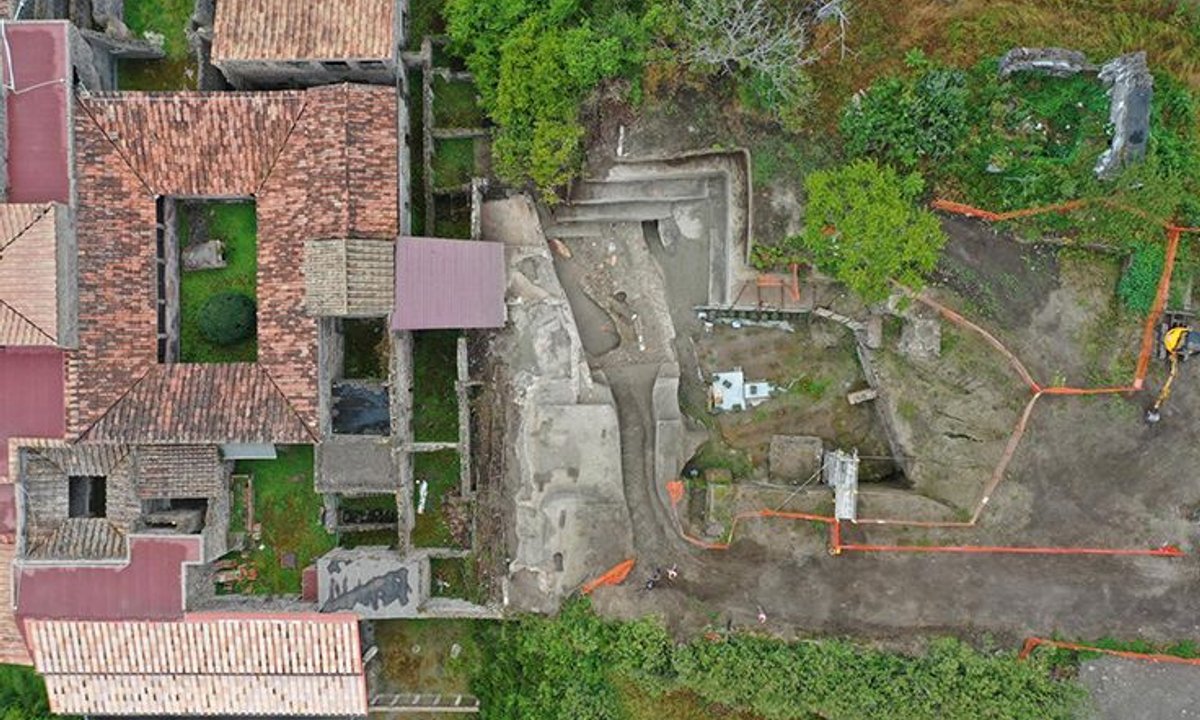
"On a map, Pompeii's Villa of the Mysteries looks like an afterthought-a small, distant square, as far away as possible from the ancient city's amphitheatre, where the action was. But the suburban villa, which dates to the second century BC, is the red-hot centre for many who make the pilgrimage here. Its room of celebrated frescoes contains some of the best-known and best-preserved examples of Ancient Roman art."
"Though largely excavated in two separate episodes, first starting in 1909 and then again in the late 1920s, a small portion of the villa has remained buried. Until now. Around 10% of the Villa of the Mysteries had been unavailable to archaeologists, says Gabriel Zuchtriegel, the director of the Archaeological Park of Pompeii, because of a private farmhouse that abutted the site. The park finally acquired the home in 2023, and, following its demolition, work began, but only up to a point."
Pompeii's Villa of the Mysteries houses celebrated frescoes and 3,700 sq. m of palatial space dating to the second century BC, showing elite Roman life before Vesuvius erupted in AD79. Excavations began in 1909 and resumed in the late 1920s, but about 10% remained buried because a private farmhouse adjoined the site. The Archaeological Park of Pompeii acquired and demolished that home in 2023, enabling further work only after additional funding. The park is fundraising €1.4m with a closing date this month; excavation could start in early 2026 if funds arrive. Remaining areas include servants' quarters, used by enslaved people and liberti. The director is hopeful about finding new frescoes but cautious.
Read at The Art Newspaper - International art news and events
Unable to calculate read time
Collection
[
|
...
]